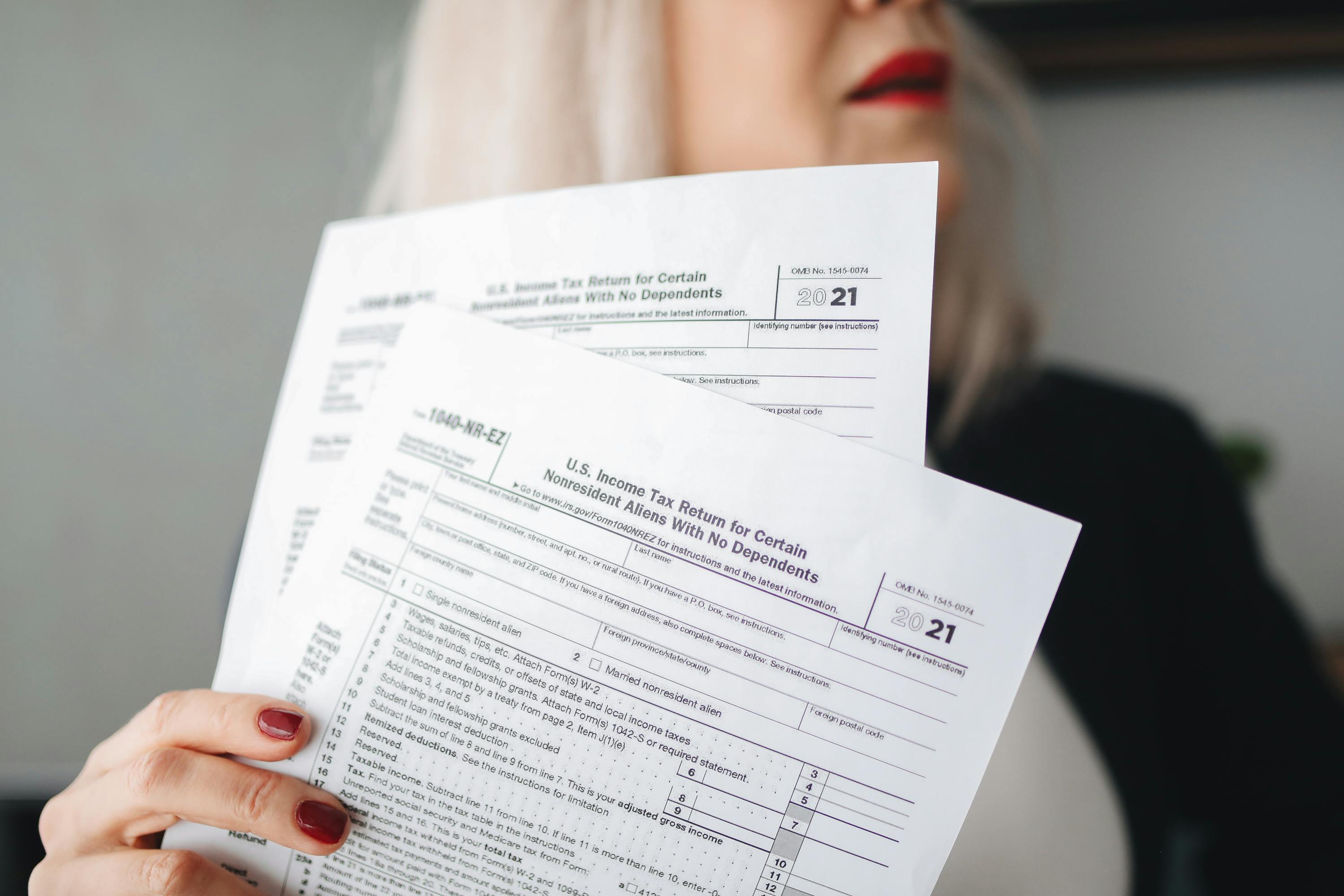Key Takeaways:
- A car title transfer after death requires legal documents like a death certificate and proof of authority.
- The process of transferring car title varies by state and depends on probate involvement.
- You’ll need to visit the DMV with proper paperwork to complete the DMV title transfer after death.
When a loved one passes away, settling their estate often includes handling their vehicle. Whether you're planning to sell the car, keep it, or gift it, the first legal step is to transfer the title into the rightful new owner's name. Here's everything you need to know about how to transfer a car title if the owner is deceased, including what’s required and how to navigate the DMV process.
{{blog-cta-checklist-small}}
When Is a Car Title Transfer Required After Death?
A car title transfer is legally required when the registered owner of a vehicle dies. The car becomes part of the deceased’s estate, and ownership must be officially transferred before the vehicle can be legally sold, gifted, or driven.
Even if:
- The car was jointly owned.
- The deceased left it to someone in a will.
- You’re a family member intending to keep it. You’ll still need to complete a DMV transfer of title after death.
Knowing how to transfer a car title if the owner is deceased early in the estate settlement process can help avoid delays or legal issues.
Who Can Transfer the Car Title of a Deceased Person?
Only authorized individuals can complete the car title transfer after death. This typically includes:
- Executor or administrator: The person named in the will (or appointed by the court) is legally responsible for managing the deceased’s assets, including vehicles.
- Surviving spouse or next of kin: In small estate situations, many states allow close relatives to claim the vehicle without formal probate.
- Joint owner: If the title lists two owners with “right of survivorship,” the surviving owner can often assume full ownership with minimal paperwork.
The exact rules for how to transfer the car title of a deceased person vary by state, so check with your local DMV for specific guidance.
Documents Needed for Car Title Transfer
To complete the DMV title transfer after death, you’ll need a set of documents proving both the death of the owner and your legal authority to transfer the title. These may include:
- Certified death certificate
- Original car title (must be free of liens)
- DMV title transfer form (varies by state)
- Letters Testamentary or Small Estate Affidavit (depending on probate)
- Valid photo ID of the person transferring the title
- Proof of insurance (required in some states)
Wondering what is needed to transfer the title of a car? These are the core documents needed for car title transfer, but always confirm with your local DMV office for state-specific requirements.
The Process of Transferring a Car Title at the DMV
Once you've gathered the necessary paperwork, follow these steps for the DMV transfer of title after death:
Step 1: Collect all required documents, including death certificate, car title, and court-issued documents.
Step 2: Schedule a DMV appointment or walk in, depending on your state’s process.
Step 3: Submit paperwork and pay any title transfer fees. Some states may also require emission or safety inspections at this stage.
Step 4: Receive the new title in the name of the heir, surviving owner, or estate.
This process of transferring a car title usually takes a few weeks, though timing depends on how complete your paperwork is and your state’s processing times.
Do You Need Insurance to Transfer a Car Title?
Yes, in many cases, you do need insurance to transfer a car title. Here's how it typically works:
- Some states require proof of active insurance in the new owner’s name before they’ll issue a new title.
- If the vehicle was insured under the deceased’s policy, contact the insurer to cancel or transfer the policy.
- Be careful: driving an uninsured vehicle, even briefly, could result in fines or other penalties.
Make sure to speak with the insurance provider to ensure the policy is updated or transferred appropriately during the title change.
{{blog-cta-checklist-large}}
FAQs
1. What documents are required to transfer a car title after death?
You’ll typically need the death certificate, car title, proof of authority (like Letters Testamentary), a completed DMV title form, and your ID.
2. Can I complete the car title transfer online?
Some states allow partial online submissions, but most require an in-person visit to the DMV with a death certificate.
3. What if the car was jointly owned?
If the title includes “right of survivorship,” the surviving owner can transfer the title by presenting the death certificate and ID.
4. Do I need to go through probate to transfer the title?
Not always. If the estate qualifies as a small estate, a Small Estate Affidavit may be used. Learn how to avoid probate here.
5. Can I drive the car before the title is transferred?
Technically, no. Until the title is transferred and insurance is updated, driving the vehicle may be illegal or uninsured.
Handling a car title transfer after death is a necessary legal step before you can sell, gift, or drive the vehicle. By understanding the process and preparing the right documents, you can avoid delays and complete the process smoothly.
Need help managing this and other estate-related tasks? Elayne’s Automated Estate Settlement platform simplifies the process, offering checklists, legal templates, and expert support to guide you every step of the way.
*Disclaimer: This article is for informational purposes only and does not provide legal, medical, financial, or tax advice. Please consult with a licensed professional to address your specific situation.


















































